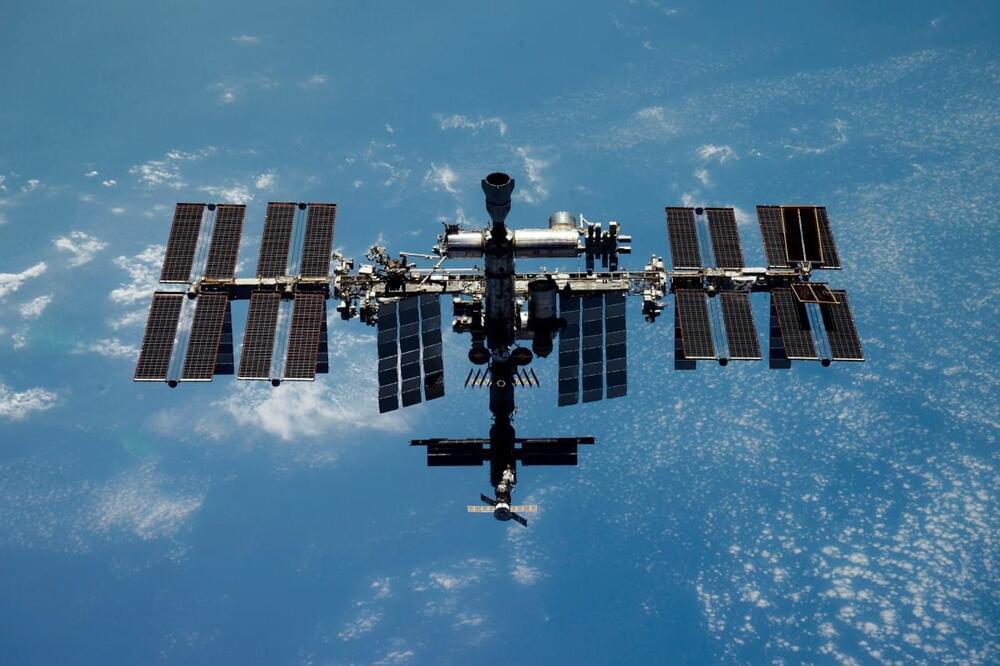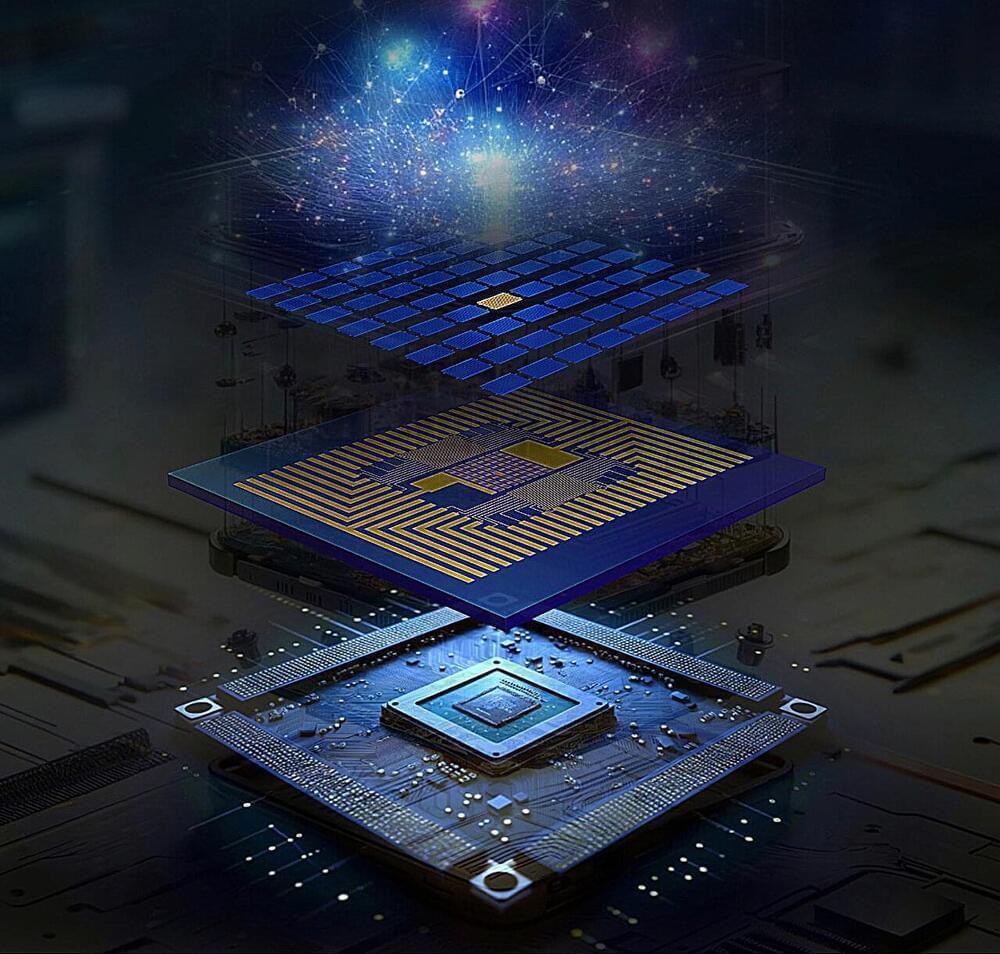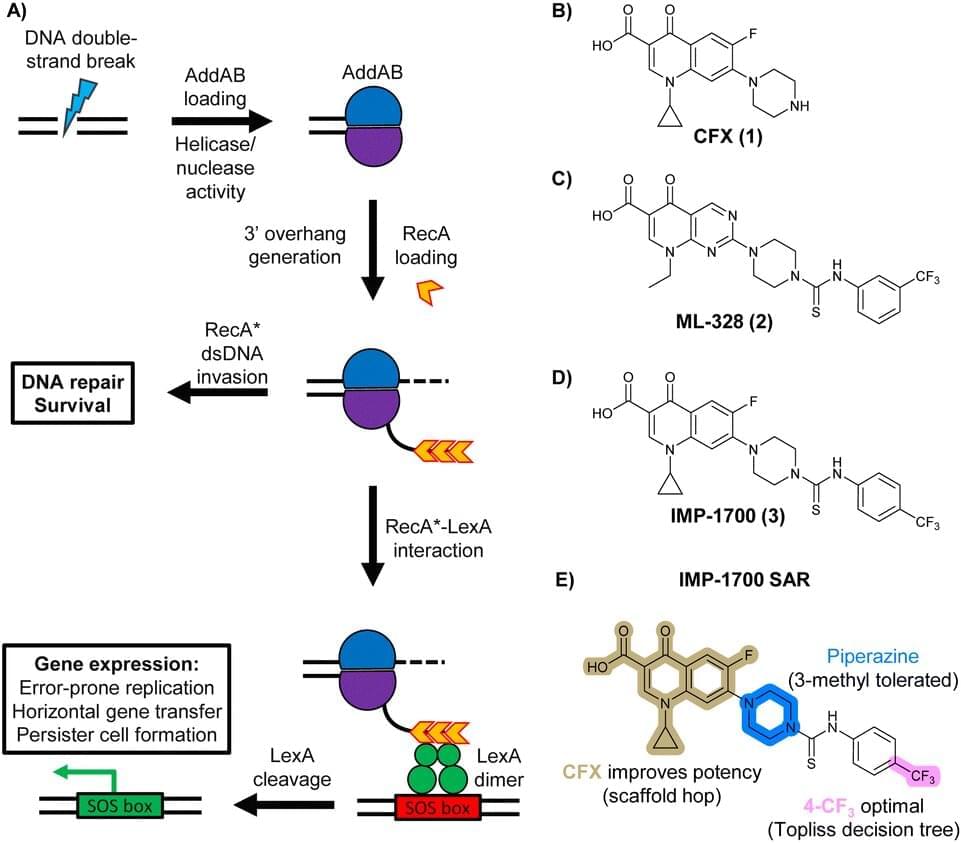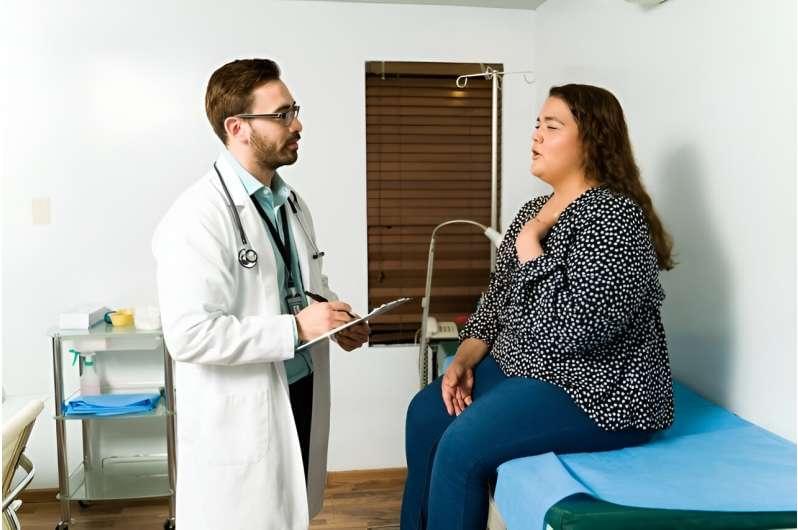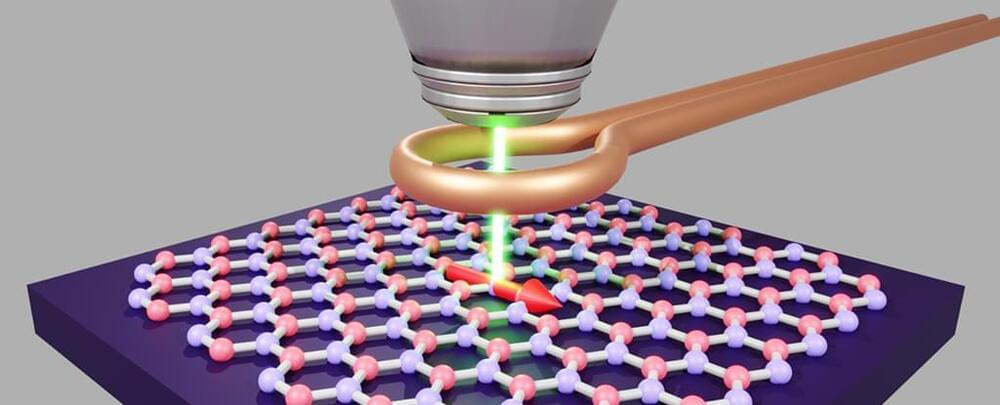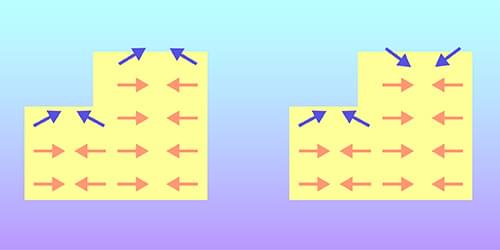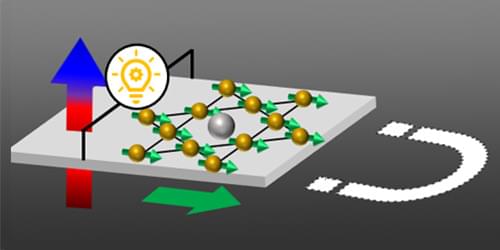Space lovers have an opportunity to watch two unique occurrences at the International Space Station this week, but you will have to stay up pretty late — or wake up very early — to see them live.
According to NASA, the cargo spacecraft carrying three tons of food, fuel and supplies to the ISS is for the Expedition 71 crew.
The unpiloted spacecraft – called Progress 88 – is scheduled to launch on a Soyuz rocket from the Baikonur Cosmodrome in Kazakhstan on Thursday at 2:43 p.m. local time.
